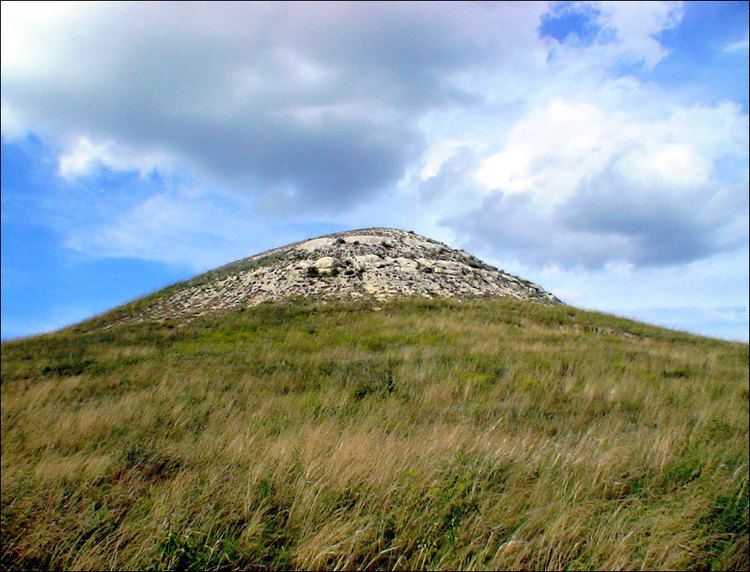Economic region Volga Area 113,900 km² | Established December 5, 1936 Area rank 31st | |
 | ||
Clubs and Teams FC Rotor Volgograd, BC Krasny Oktyabr Points of interest Mamayev Kurgan, The Motherland Calls, Volga–Don Canal, Volgograd Bridge, Pavlov's House Colleges and Universities Volgograd State University, Volgograd State Technical, Volgograd State Medical, Volgograd State Pedagogi, Volgograd State University | ||
Volgograd Oblast (Russian: Волгогра́дская о́бласть, Volgogradskaya oblast) is a federal subject (an oblast) of Russia. Its administrative center is Volgograd. The population was 2,610,161 in the 2010 Census.
Contents
- Map of Volgograd Oblast Russia
- Geography
- History
- Politics
- Demographics
- Ethnic groups
- Religion
- Government
- Economics
- References
Map of Volgograd Oblast, Russia
Geography
Volgograd Oblast borders with Saratov, Rostov, Astrakhan, and Voronezh Oblasts, as well as with the Republic of Kalmykia of Russia and with Kazakhstan.
Volgograd has more than 200 rivers and streams. The major ones include:
History
Stalingrad Oblast (Сталинградская область) was established on December 5, 1936 on the territory of former Stalingrad Krai. The oblast was given its present name on November 10, 1961.
Politics
During the Soviet period, three people exercised oblast-level authority:
- the first secretary of the Volgograd CPSU Committee (who in reality had the most power)
- the chairman of the oblast Soviet (legislative power)
- the chairman of the oblast Executive Committee (executive power)
In 1991 the CPSU lost de facto power, and the head of the Oblast administration, and eventually the governor was appointed/elected alongside elected regional parliament.
The Charter of Volgograd Oblast provides the fundamental law of the region. The Legislative Assembly of Volgograd Oblast is the province's standing legislative (representative) body. The Legislative Assembly exercises its authority by passing laws, resolutions, and other legal acts and by supervising the implementation and observance of the laws and other legal acts passed by it. The highest executive body, the Oblast Government, includes territorial executive bodies such as district administrations, committees, and commissions that facilitate development and run the day-to-day matters of the province. The Oblast administration supports the activities of the Governor, who is the highest official and acts as guarantor of the observance of the oblast Charter in accordance with the Constitution of Russia.
Demographics
Population: 2,610,161 (2010 Census); 2,699,223 (2002 Census); 2,593,944 (1989 Census).
2009 - 1.46 | 2010 - 1.45 | 2011 - 1.44 | 2012 - 1.54 | 2013 - 1.53 | 2014 - 1.57 | 2015 1.59 | 2016 1.57(e)
Ethnic groups
(shown are the ethnic groups with a population of more than 7,500 people)
Religion
According to a 2012 official survey 54.5% of the population of Volgograd Oblast adheres to the Russian Orthodox Church, 4% are unaffiliated generic Christians, 2% are Orthodox Christian believers who don't belong to any church or are members of non-Russian Orthodox churches, 3% are Muslims. In addition, 18% of the population declares to be "spiritual but not religious", 12% is atheist, and 6.5% follows other religions or did not give an answer to the question.
Government
Governor of Volgograd Oblast is Anatoliy Brovko (since 2010)
Both the flag and the coat of arms of Volgograd Oblast include an image of The Motherland Calls, an 85 meter tall statue located in Volgograd.
Economics
Primary branches of economics are agriculture, food production, heavy industry, gas and petroleum refining.
Volga Hydroelectric Station operates on the Volga River.
